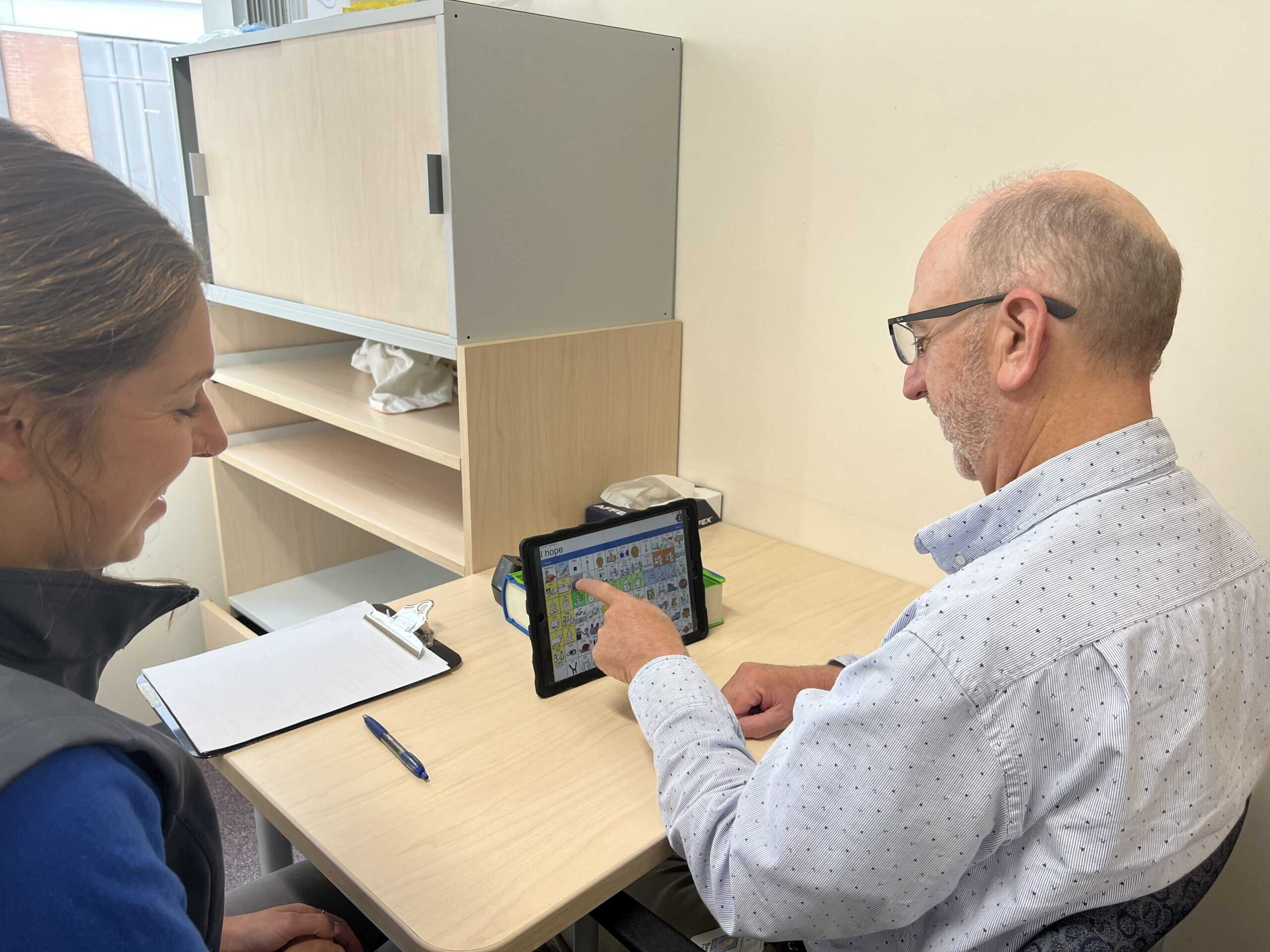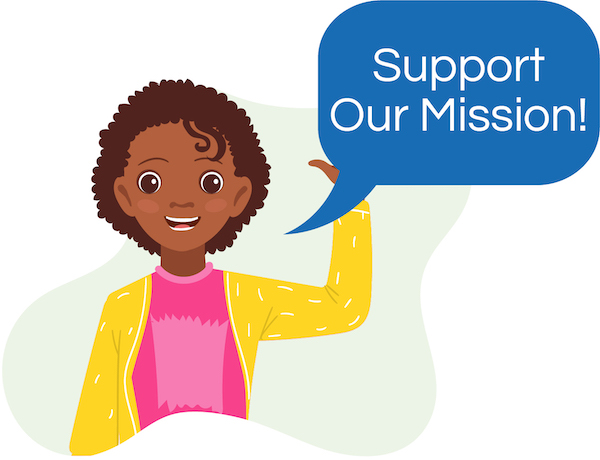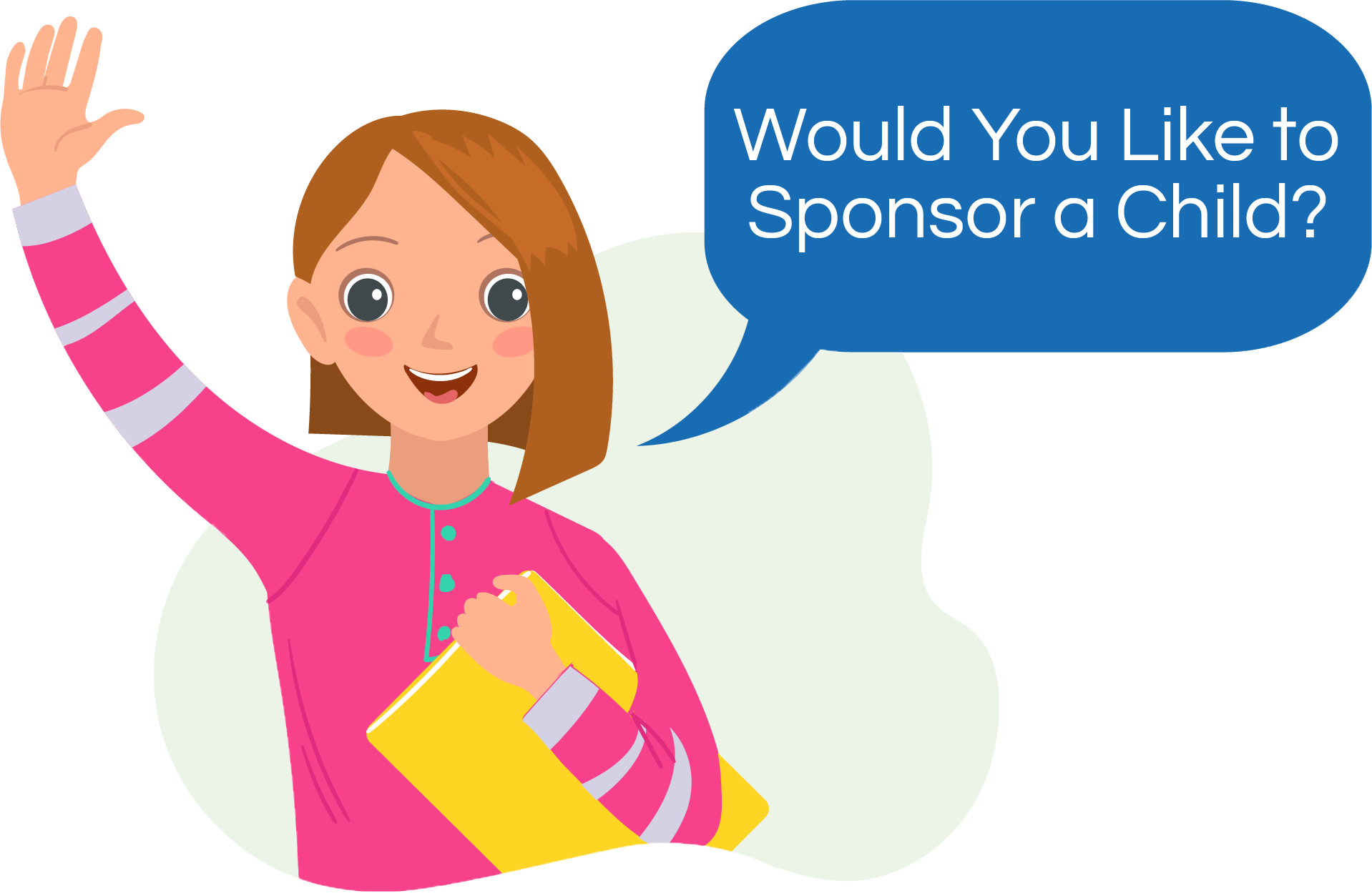Augmentative and Alternative Communication Program
The Augmentative and Alternative Communication Program at Buffalo Hearing and Speech Center provides evaluations, recommendations, and ongoing treatment for individuals of all ages, who have complex or unmet communication needs. Augmentative and Alternative Communication (AAC) is a term used to describe methods of communication that supplement an individual’s natural speech or compensate for an individual’s speech and language disorder to give them the ability to communicate a variety of messages with increased independence. AAC methods and systems can be aided or unaided, range from no-tech to high-tech, and are customizable to meet one’s unique communication needs.
AAC is an ongoing process that begins with an initial evaluation of current communication needs, conducted by a speech-language pathologist. Based on the assessment, various forms of AAC will be recommended for trialing to meet the unmet communication needs of the client.

How AAC Systems Benefit Individuals
- Cognitive development
- Improved connections with family and friends
- Development or redevelopment of natural speech
- Decreased frustration when attempting to communicate
- Increased grammar and literacy skills
Who Needs an AAC system?
- Cerebral Palsy
- Apraxia
- Down Syndrome
- Parkinson’s
- Autism Spectrum Disorder
- Traumatic Brain Injury (TBI)
- Amyotrophic Lateral Sclerosis (ALS)
- Intellectual Disability
- Genetic conditions
School and Clinic Locations
Let Us Help
At Buffalo Hearing & Speech Center, we are dedicated to helping you overcome any hearing, speech, communication, or educational need you have. Call us to speak with a Specialist or Write Us A Message.
The solution starts here!




